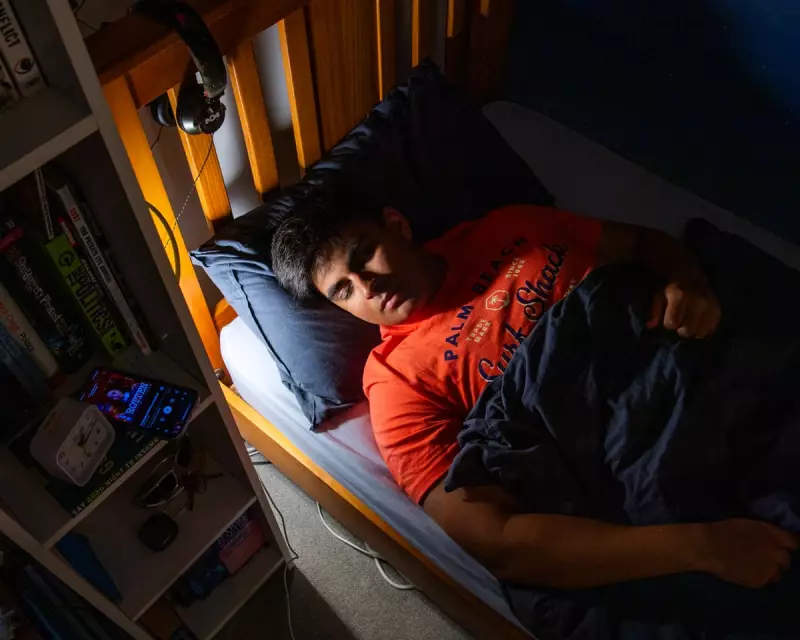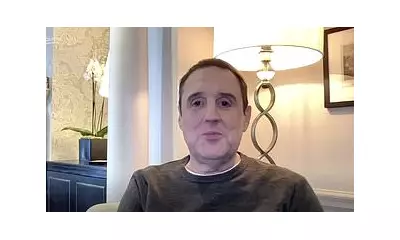
For years, Sarah had been trapped in a cycle of sleepless nights and exhausted days. Like millions of Britons suffering from chronic insomnia, she had tried everything from meditation to medication, with little success. That was until she stumbled upon a solution so unexpected it would change her life forever.
The Desperate Search For Sleep
"I'd reached breaking point," Sarah recalls. "Three years of averaging three hours sleep per night had left me feeling like a ghost in my own life. I was forgetting conversations, making errors at work, and my relationships were suffering."
Her journey through conventional sleep remedies read like a checklist of modern wellness culture:
- Prescription sleeping pills that left her groggy
- Meditation apps that couldn't quiet her racing mind
- Strict bedtime routines that only increased her anxiety
- Eliminating caffeine and screen time with minimal effect
The Gruesome Breakthrough
The turning point came during a late-night internet deep dive into historical sleep practices. Sarah discovered accounts of medieval physicians using vivid, often disturbing imagery to distract patients from their racing thoughts.
"It sounded bizarre, but I was desperate enough to try anything," she explains. "The concept was simple: replace anxious thoughts with something so engaging it captures your full attention."
How The Method Works
Rather than fighting her insomnia, Sarah learned to redirect her mental energy. When sleep wouldn't come, she would immerse herself in constructing elaborate, detailed scenarios in her mind.
"I started creating intricate stories with complex characters and plots. The more detailed and absorbing, the better. It wasn't about relaxation - it was about complete mental absorption."
The Science Behind The Solution
Sleep experts suggest this approach works because it addresses the core problem of insomnia: hyperarousal of the nervous system.
Dr. Eleanor Vance, a sleep specialist at The London Sleep Centre, explains: "When we struggle with sleep, our brains are often stuck in problem-solving mode. Engaging in creative narrative construction provides an alternative focus that's absorbing enough to bypass this state without the pressure of 'trying' to sleep."
Transformation Through Unconventional Thinking
Within weeks of implementing her new strategy, Sarah noticed dramatic changes:
- Sleep onset reduced from hours to minutes
- Improved sleep quality and duration
- Reduced anxiety about bedtime
- Return of daytime energy and mental clarity
"The irony is that by giving up on trying to sleep and instead focusing on something completely different, I finally found the rest I'd been searching for," Sarah reflects.
A New Approach To Sleep Disorders
This unconventional method highlights an important shift in understanding insomnia treatment. Sometimes the solution isn't more relaxation, but better distraction from the anxiety that prevents sleep.
As Sarah concludes: "After years of failed solutions, I learned that sometimes the answer isn't what you'd expect. For me, peace came through embracing the gruesome and detailed, not the calm and peaceful."





